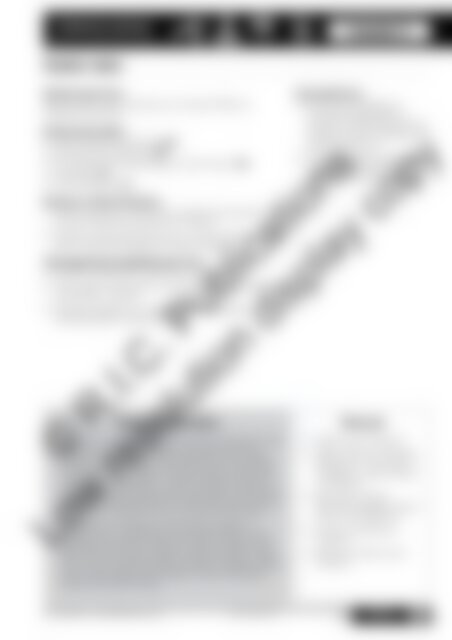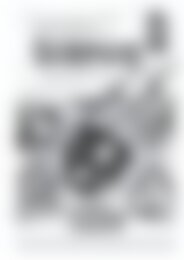6172RB Science a STEM approach Year 2 low res watermark
You also want an ePaper? Increase the reach of your titles
YUMPU automatically turns print PDFs into web optimized ePapers that Google loves.
Chemical sciences<br />
LIVING IN A MATERIAL WORLD<br />
Lesson 3<br />
Teacher notes<br />
<strong>Science</strong> inquiry focus:<br />
What happens when materials are combined? Why are<br />
materials combined?<br />
<strong>Science</strong> Inquiry Skills:<br />
• Questioning and predicting QP<br />
• Planning and conducting PC<br />
• Processing and analysing data and information PA<br />
• Evaluating E<br />
• Communicating C<br />
<strong>Science</strong> as a Human Endeavour:<br />
• Students observe components in objects, ask questions<br />
about and describe properties of materials.<br />
• Students understand that science is used in daily life, such as<br />
when combining materials to construct objects.<br />
Technology/Engineering/Mathematics links:<br />
• exploring a PowerPoint p<strong>res</strong>entation as a class<br />
• exploring the characteristics and properties of materials that<br />
are used for a raincoat<br />
• drawing a design for a house and selecting suitable<br />
materials based on their properties<br />
Background information<br />
• A number of different materials may be combined to make<br />
different products. The different materials are chosen<br />
because of the properties that make them most suitable<br />
for their use. For example, a window may be constructed<br />
using glass with wooden or aluminium frames. A toy car<br />
may be made from plastic, metal and rubber—with each of<br />
these materials being used for a particular purpose. Some<br />
properties of materials are more important than others.<br />
• Composition of objects in the pictu<strong>res</strong> on page 51:<br />
Windows are a combination of metal/aluminium, wood<br />
and glass; the jacket is made from nylon or leather outer<br />
fabric and has a metal or plastic zip with fur fabric inside;<br />
the car has a metal body, glass windows and lights, rubber<br />
ty<strong>res</strong>, metal hubcaps; the cardigan is wool, with plastic<br />
buttons and cotton thread.<br />
Assessment focus:<br />
• Use the house design as<br />
a formative assessment of<br />
students’ understanding of how<br />
materials can be combined and<br />
what the purpose is.<br />
• Observe the final p<strong>res</strong>entation<br />
to gauge students’ ability to<br />
articulate their understanding.<br />
Resources<br />
• Digital copy of page 51<br />
• Video—The story of Charles<br />
Mackintosh – he invented<br />
rainwear! at <br />
• Alternative Charles<br />
Macintosh website <br />
• A3 card and drawing<br />
materials<br />
• Selection of fabrics and<br />
materials<br />
© R.I.C. Publications<br />
Low <strong>res</strong>olution display copy<br />
R.I.C. Publications® – www.ricpublications.com.au 978-1-925431-95-7 YEAR <strong>Science</strong>:<br />
2 A <strong>STEM</strong> APPROACH 49


















